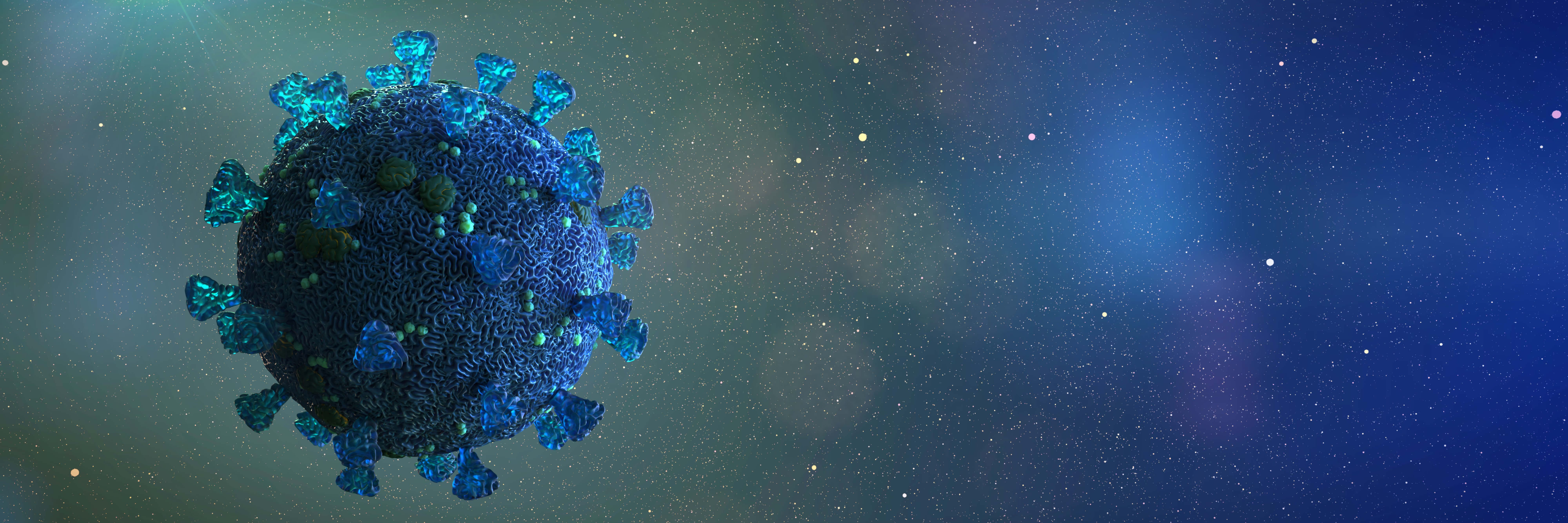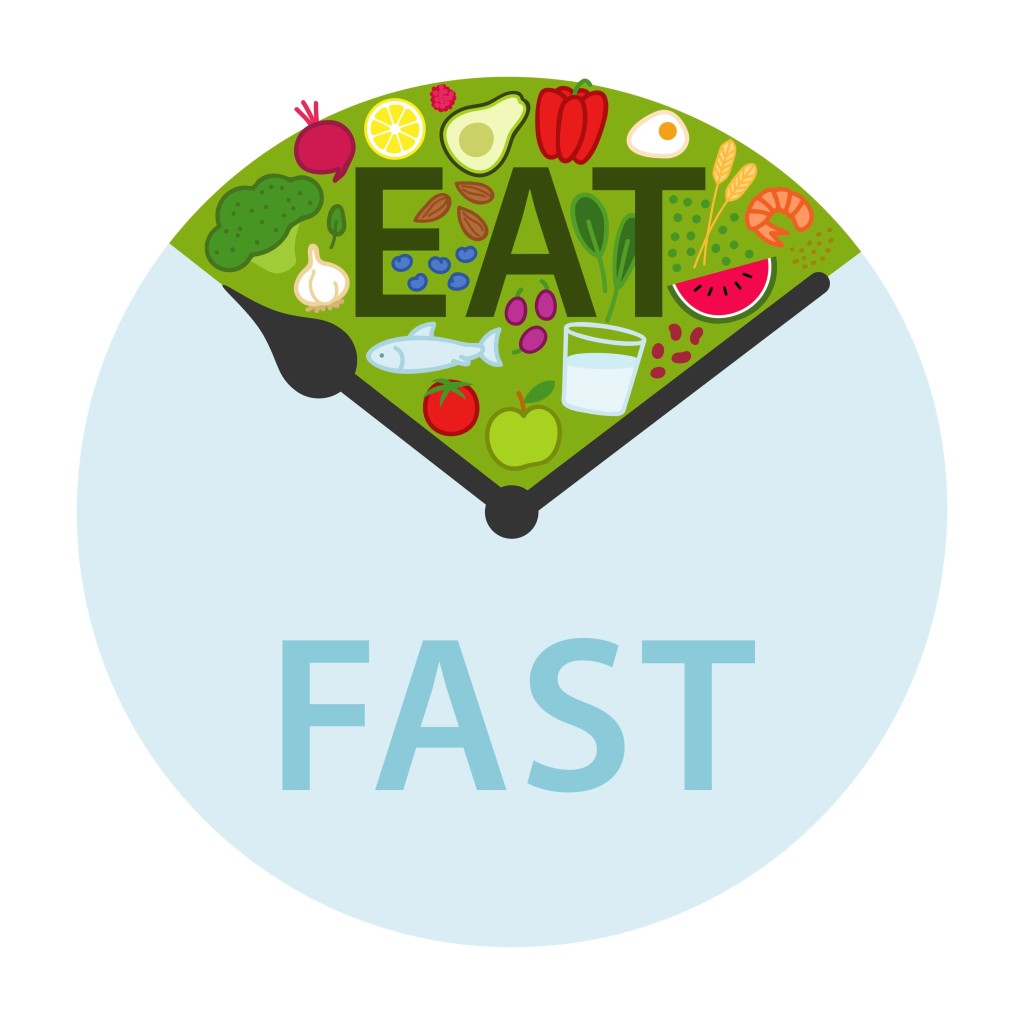COVID-19 Fact One:
We have an outbreak of a “novel” virus variant. It is NOT a “new” virus. Coronaviruses primarily infect the upper respiratory and gastrointestinal tract of mammals and birds. Coronaviruses also vary significantly in risk. Human coronaviruses were discovered in the 1960s as causes of the common cold. There are seven known strains of coronavirus. Four strains are related to the common cold – which continually circulate in the human population and cause respiratory infections in adults and children worldwide. Three strains of coronavirus can produce severe symptoms MERS-CoV, SARS-CoV and SARS-CoV-2 (or COVID-19.)
COVID-19) is a Coronavirus and a variant of SARS (Severe Acute Respiratory Syndrome) called SARS-CoV-2 and one that the human organism has not been exposed to before. The original SARS is called SARS-CoV or SARS classic which had an outbreak in 2002-2003. In that outbreak there were 8096 confirmed cases and 774 deaths (or a 9.5% mortality rate).
In the words of Dr. Bruce Lipton, Ph.D., “This novel version of coronavirus-19 has antigenic characters that have not previously been experienced by human immune systems. Consequently, without any previous infections, almost all humans are susceptible to experience [not necessarily die from] COVID-19. The biological novelty of this virus makes it quite infectious, and, for some, a serious illness”.
Because there is no natural immunity built up in the population (herd immunity), all humans can potentially be infected with this particular virus. Please remember that Influenza A viruses and Coronavirus are different viruses. We know much about Influenza A epidemics and pandemics.
This is the first pandemic involving a coronavirus – so we know very little about how it will act.
COVID-19 Fact Two:
The problem with the COVID-19 is its speed of transmission (rather than its mortality rate) – and the resultant overrun of our healthcare resources due to potential hospitalizations.
Let’s use an example. According to the CDC (the Centres for Disease Control and Prevention), during the 2018-2019 flu season (roughly November 2018 to April 2019), there were an estimated 42.9 million people who got the Influenza “A” flu. Of these, 647,000 individuals were hospitalized and 61,200 died. The mortality rate of the 2018-2019 flu was 61,200/42,900,000 or 0.14%. The flip side, of course, is that the survival rate was 98.86%.
If we assume that the flu season is six months, then the average hospitalization rate was 647,000 hospitalizations/6 months or 107,833 hospitalizations per month due to the Influenza A flu. This translates into 26,958 hospitalizations per week. Imagine if rate of hospitalization due to COVID-19 was the same as Influenza “A” flu – but occurred over 6 weeks rather than 6 months. There would be 107,833 HOSPITALIZATIONS PER WEEK or approximately or four (4) times the amount of hospitalizations that our system is equipped to handle.
The overall mortality rate for the Influenza A flu in 2018-2019 was 0.14% but the ratio of deaths to hospitalizations was 61,200/647,000 or 9.5%. This would mean that there would be 0.095 X 107,833 hospitalizations per week or 10,244 deaths per week or 61,464 deaths over that 6 week period.

COVID-19 Fact Three:
The virus tends to create a more serious disease situation in the elderly population and those who are immune-suppressed or have co-morbid conditions.
This is why we are in “lockdown”, “social isolation”, “quarantine” and using N95 masks in order to prevent the physical spread of the organism – especially to the elderly-by disrupting the natural mode of transmission.
COVID-19 Fact Four:
The good news is that the mortality rate of the corona virus i.e, the number of corona virus-infected patients dying appears to be very similar to the annual Influenza A flu incidence for the “under 65 year-old demographic” – even though COVID-19 is extremely virulent (infective) and passes easily through the human population at the present moment (hence, the pandemic).
With COVID-19, according to the data on CNN as of April 5th, in the USA there were 321,762 confirmed cases and 9132 deaths. This translates into a 9132/321,762 or 2.8% mortality rate. If 95% of the deaths are in the 65 and older age group, or 2.66%, then the 65 and under age group has a 2.8-2.66 or 0.14 % mortality rate (about the same as the annual flu rate).
The raw data is flawed, however, as it does not take into account those who didn’t know they had COVID-19 and have recovered, and asymptomatic individuals who have it now and have not been tested (who are potential carriers). If there were same number of people in these groups as those have been tested and confirmed (The Iceland studies indicate that 50% or more of the cases are asymptomatic), then the mortality rate in the USA would be 9132/643,524 or 1.4%. If the 1.4% mortality rate is multiplied by the demographic e.g., if 95 percent of the deaths occur in people over 65, then the mortality rate for the people over 65 becomes 1.33% and the mortality rate for those under 65 becomes 5% of 1.4% or about 0.10% – which is about the average mortality rate from the Influenza A Flu every year.
In Canada (as of April 5th), the ratio of deaths to confirmed cases of COVID-19 was 258/14,408 or 1.7%
If 95% of these deaths are in the 65 years and older demographic (or 1.6%), then the death rate for those under 65 is 1.7%-1.6% or about 0.1% – which is the same as the normal flu.
COVID-19 Fact Five:
Since there is no vaccine or real treatment on the horizon, the only viable way to stop the spread of the virus is to honour social distancing, the “isolation” rules, and to wash your hands often. The other way to protect yourself is to optimize your immune system.
Summary:
- The main problem with Covid-19 is its virulence (or ability to cause disease) combined with its mode of transmission and speed of spread, rather than its “death” potential. The numbers of individuals requiring hospitalizations will severely test our health care systems;
- Since the virus is both novel and virulent (as corona viruses go), it is imperative that we observe the social distancing, quarantines, hand washing etc. to slow down the spread of the virus;
- The mortality rate for Covid-19 overall (in my estimation) will probably turn out to be about the same as the seasonal flu – with the elderly and immune compromised accounting for 90% or more of deaths;
- Since no vaccine was developed for SARS-CoV or MERS-CoV, I am not holding my breath about a vaccine being developed for SARS-CoV-2 (Covid-19). Protecting yourself by optimizing your Immune system is arguably the best way to protect yourself – and is the subject of my next Blog.



 Fact Six:
Fact Six:






 “triggered by a broad range of factors that upset the body’s natural process of cell turnover and renewal.” After nearly 30 years of research he has identified more than three dozen mechanisms that amplify the biological processes that drive the disease. These factors are not enough by themselves but in combination, have a cumulative effect resulting in the destruction of neurons and a disruption in the signaling between neurons. “Normally, synapse-forming and synapse-destroying activities are in dynamic equilibrium” says Dr. Bredesen.
“triggered by a broad range of factors that upset the body’s natural process of cell turnover and renewal.” After nearly 30 years of research he has identified more than three dozen mechanisms that amplify the biological processes that drive the disease. These factors are not enough by themselves but in combination, have a cumulative effect resulting in the destruction of neurons and a disruption in the signaling between neurons. “Normally, synapse-forming and synapse-destroying activities are in dynamic equilibrium” says Dr. Bredesen.
 other activities like eating, drinking coffee or alcohol, driving and so on. These are habitual associations. As a Bio-medical hypnotherapist as well as an ND, I am aware that the subconscious mind has everything to do with creating and maintaining addictions and these habitual associations. The Subconscious Mind is very strong. In fact, the Subconscious Mind via its Right Brain Hemisphere connections runs all the “automatic” actions in the body below your conscious control. In other words, actions that you don’t have to think about that happen automatically. The problem with the right brain is that it is based on emotions, not logic. The right brain and subconscious mind are like the hard drive on your computer. It has all your beliefs about yourself and life, as well as the associations between thought forms and actions, but these beliefs and associations are not often logical and get acted upon anyway.
other activities like eating, drinking coffee or alcohol, driving and so on. These are habitual associations. As a Bio-medical hypnotherapist as well as an ND, I am aware that the subconscious mind has everything to do with creating and maintaining addictions and these habitual associations. The Subconscious Mind is very strong. In fact, the Subconscious Mind via its Right Brain Hemisphere connections runs all the “automatic” actions in the body below your conscious control. In other words, actions that you don’t have to think about that happen automatically. The problem with the right brain is that it is based on emotions, not logic. The right brain and subconscious mind are like the hard drive on your computer. It has all your beliefs about yourself and life, as well as the associations between thought forms and actions, but these beliefs and associations are not often logical and get acted upon anyway. negative health consequences. Smokers would definitely fall under this category – but what are they actually addicted to, and how are they addicted? Smoking addiction is in a class by itself, in my opinion. Smokers assume that they use tobacco products on a regular basis because they are addicted to nicotine. The truth, however, is that they are not physically addicted to the effects of nicotine. They are addicted to the psychological effects of nicotine. I first became aware of this fact when a woman who routinely smoked at least 2 packs a day got pregnant. She immediately stopped smoking for the entire pregnancy with no cravings and no side-effects from stopping. How is this possible? If she had been addicted to heroin instead, it would have been virtually impossible without severe physical withdrawal symptoms.
negative health consequences. Smokers would definitely fall under this category – but what are they actually addicted to, and how are they addicted? Smoking addiction is in a class by itself, in my opinion. Smokers assume that they use tobacco products on a regular basis because they are addicted to nicotine. The truth, however, is that they are not physically addicted to the effects of nicotine. They are addicted to the psychological effects of nicotine. I first became aware of this fact when a woman who routinely smoked at least 2 packs a day got pregnant. She immediately stopped smoking for the entire pregnancy with no cravings and no side-effects from stopping. How is this possible? If she had been addicted to heroin instead, it would have been virtually impossible without severe physical withdrawal symptoms. effects of nicotine withdrawal. Take the patch, for example. The patch is designed to give decreasing nicotine doses over time assuming that this will allow a smoker to “wean off” nicotine. The problem with this approach is that it doesn’t give the smoker more dopamine I.e., it doesn’t address the dopamine deficiency. A chronic smoker will actually experience symptoms relating to “not enough” dopamine (irritability, craving, depression, anxiety, cognitive and attention deficits, sleep disturbances) rather than nicotine “withdrawal” symptoms. In order to quit smoking, the dopamine deficiency must be addressed. If we can get the smoker’s brain to make more dopamine or find another way to stimulate dopamine release, then
effects of nicotine withdrawal. Take the patch, for example. The patch is designed to give decreasing nicotine doses over time assuming that this will allow a smoker to “wean off” nicotine. The problem with this approach is that it doesn’t give the smoker more dopamine I.e., it doesn’t address the dopamine deficiency. A chronic smoker will actually experience symptoms relating to “not enough” dopamine (irritability, craving, depression, anxiety, cognitive and attention deficits, sleep disturbances) rather than nicotine “withdrawal” symptoms. In order to quit smoking, the dopamine deficiency must be addressed. If we can get the smoker’s brain to make more dopamine or find another way to stimulate dopamine release, then